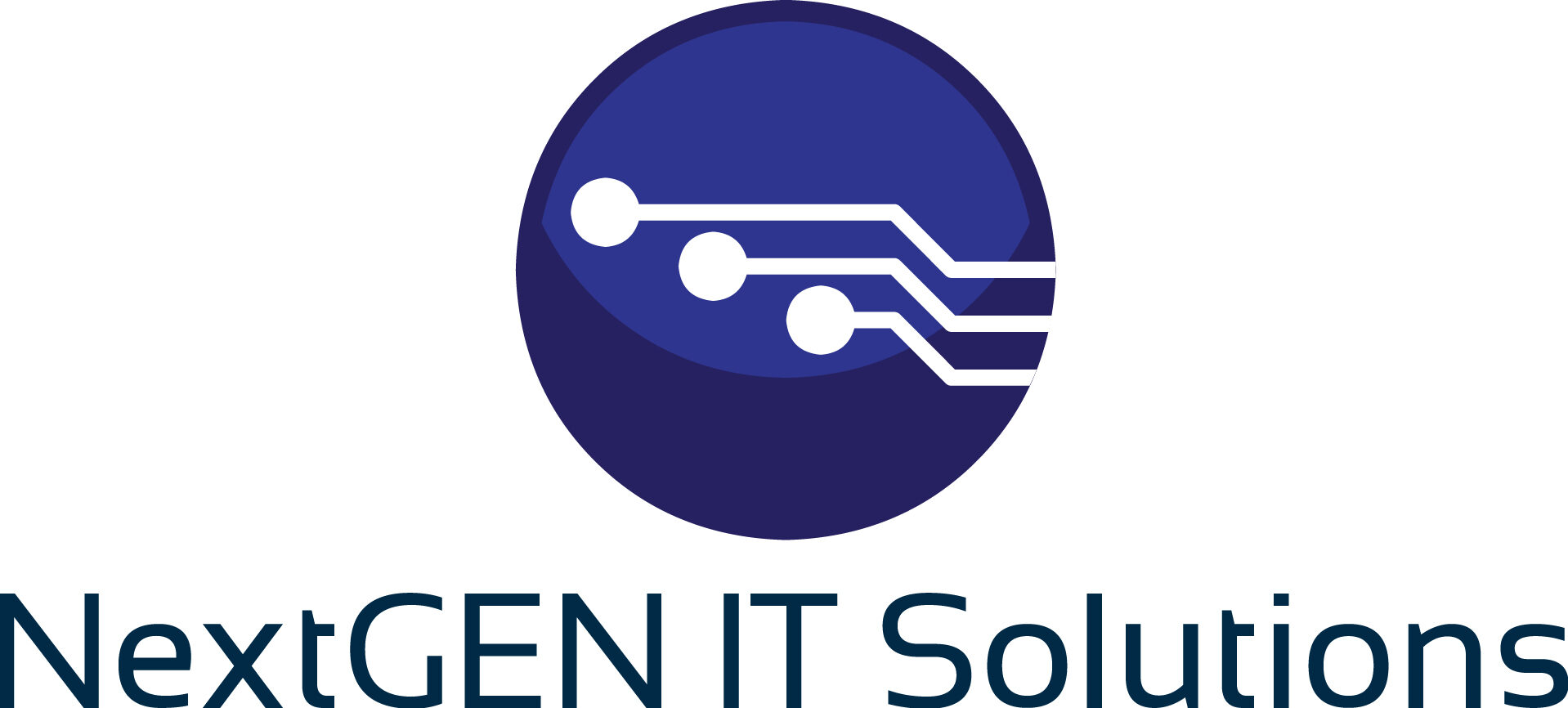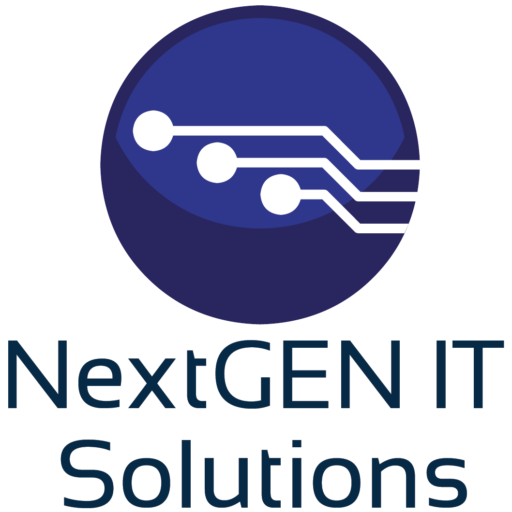
Introduction to Compliance in the Legal Industry
Legal industry compliance focuses on adherence to many different laws, regulations, guidelines and standards – from those required for firms to operate legally, to ethical standards. Most of us think of legal compliance in the context of maintaining client confidentiality. But confidentiality is both an ethical and legal issue. It’s legally required in some countries under data-protection regulations such as the General Data Protection Regulation (GDPR) and Health Insurance Portability and Accountability Act (HIPAA). Firms face penalties that include fines in the millions of dollars, disbarment and tarnished reputations.
Legal compliance requires that all work follows existing laws and codes of conduct, such as those prohibiting money laundering and fraud, and that billing practices are appropriate, and that consent for medical procedures is properly given, as will be outlined in the retainer agreement and explained to a client. Bar associations and regulatory bodies regularly update their codes of conduct in response to shifting legal and social standards to which firms must respond in order to be permitted to practise.
It is evident from prevailing trends that an increasing role for digital transformation coupled with a corresponding rise in cybersecurity challenges in the realm of legal compliance are expected to take centre stage in the future. With changing times, it has also become essential for law firms to diversify their business models by leveraging their digital infrastructure to secure and manage the increasing amount of client information digitally. The result is a call for setting up stringent cybersecurity standards to thwart any real or perceived risk of data breaches and cybercrimes such as hacking, among others. Law firms are also pressured by regulatory regimes like the Cybersecurity Maturity Model Certification (CMMC) for defence contractors and the California Consumer Privacy Act (CCPA) to establish data-protection policies that demand secured and carefully managed personal and organisational information.
The transition to the remote workplace, which the global pandemic has only exacerbated by moving the office into every bedroom in the world, has made compliance even more difficult by adding the need for remote security – secure access to proprietary or confidential information from a variety of locations. Companies will need to reconsider and incorporate into their compliance strategies a secure virtual communication and document management solution, allowing for compliance to continue regardless of where the work is done.
Key Regulatory Bodies and Standards
Legal compliance is largely driven by the regulatory requirements of regulators, codes and standards that impact the legal profession. For example, in the United States, the American Bar Association (ABA) develops ethical codes and professional standards for US lawyers that cover all aspects from client confidentiality to proper conduct of an attorney. In the United Kingdom, the Solicitors Regulation Authority (SRA) is the independent regulatory body of solicitors, law firms and other legal service providers that promotes high professional standards.
On a global scale, the GDPR is setting new standards, which are gradually applied to all global firms and to their offices, partners, co-workers, and users of mainframe systems. It impacts all aspects of the daily operations, from maintaining archives of legal documents to communicating with clients. Non-compliance has far-reaching legal and economic consequences. It is imperative for law-firm professionals to become aware of these supervisory bodies and new standards. Failure to do so would harm professional integrity and operational reliability.
Challenges in Compliance and Document Management
One major challenge for legal work is compliance and documentation. Protecting data privacy involves a risk of data breaches, and as most of the work is confidential, a data breach can cause distress and annoyance for clients. Cybersecurity measures are essential but need a significant financial investment and human resource to put in place.
The second most pressing need in the field is confidentiality management in today’s digital age. Sharing and storing documents digitally has made it difficult to restrict access to privileged information, unless there are specific document control and access management systems.
But changing regulations are another challenge: the law changes frequently, and firms need to have resources to monitor regulatory changes and train staff who must comply. That can strain smaller practices.
Dealing with the massive amount of documents produced as part of legal practices is another major issue. For it to be as efficient as possible in the organisation, storage and retrieval of those documents, sophisticated document management systems are essential, and this is especially unrealistic for small firms.
Role of Technology in Compliance
The emergence of LegalTech became critical in modernising compliance and document management tasks of the legal world. Today, almost any compliance and document management-related tasks are significantly simplified with the help of programmes such as case management systems, compliance management tools, email analytics tools, workflow automation systems, etc. All of these solutions facilitate managing the numerous cases, setting up a workload for lawyers, managing the court archives, and help that all actions performed took place compliant with the relevant standards.
Clio, MyCase and iManage, to name a few, offer case-management, document-management and compliance-management software to tool up lawyers at every phase of work. Automating many aspects of compliance greatly enhances its prospects for success by eliminating the interpretation that often afflicts a manually executed compliance regime. Bits and bytes, unlike most humans, don’t miss deadlines or slip through loopholes.
Effective Document Management Strategies
You must manage documents effectively in order to stay compliant, but also to operate your office at maximum efficiency. Your future document-management policy will stipulate what personnel do, when and how. This includes standard operating procedures for documents, from their creation through handling and storage, to their ultimate — and secure — disposal. Secure storage media includes both digital devices, most likely encrypted, and physical spaces.
Regular audits would be needed to keep track of their activities against internal policy as well as external regulations. Audits can be easily improved in terms of accuracy and speed if automated tools were used.
Second, metadata management is also important because it helps in the organisation and retrieval of documents. A good metadata system can also speed up search considerably by reducing the amount of time needed to find a document.
Document version control, for example, allows the most current versions of documents to be easily accessible while preserving a history of changes to these documents to ensure the integrity of these documents in legal matters.
Good records management systems help plan and manage the life cycle of records, so that items are stored in an orderly manner, easily accessed and available when needed. Workers must be trained on how to manage documents to minimise the risk of mismanaging documents and being on the wrong side of the law.
Document Security and Confidentiality
Legal documents must be protected from unauthorized access and data breaches. Encryption, access controls and secure document sharing is crucial. Encryption can make data unreadable to those not authorised to view it; and access controls can ensure documents are accessible only to users in a particular role.
Secret documents, sent on end-to-end encrypted document-share platforms with audit trails, provide another secure means of interchange and accountability. Of course, a sound security policy aligned with mandates such as GDPR and HIPAA will also be needed to ensure that these documents are secure and confidential.
Any of these, in the wrong hands, could be used as a weapon, so the risk must be mitigated on several levels: through regular employee training, careful cybersecurity, and using, for example, secure databases that are hosted by third parties who do not, themselves, have access to data.
Case Studies: Successful Compliance and Document Management
Tangible instances of successful compliance and document management help illustrate best practices: a mid-sized law firm that began using a robust document management system and compliance management software markedly reformed the precision of its compliances, as well as the length of time it took to get documents.
But an in-house legal function at a multinational firm that used enhanced encryption technology and robust audit trails will increase the security and compliance of its data; and a global law firm will enhance its cross-border operations and compliance when it uses a cloud-based DMS that has inbuilt checks to comply with local legal requirements.
These case studies demonstrate the need for uptake of technology, ongoing staff training and forward thinking regulatory compliance strategies.
Future Trends and Predictions
Latest technologies such as AI and blockchain will become key to the future of the legal industry, where AI can help to facilitate document review and even data extraction and legal research, while blockchain could help to ensure the validity of a legal document by tracking it.
Given that regulations will only increase in complexity, law firms must be prepared to invest in training and continuous education of their team. Adaptive compliance management systems will soon become a necessity to ensure compliance with new and updated regulations.
Firms that leverage these technological advancements and adopt nimble strategies will be the ones that are better equipped to manage legal affairs in this brave new world, with greater compliance and robust document management.



